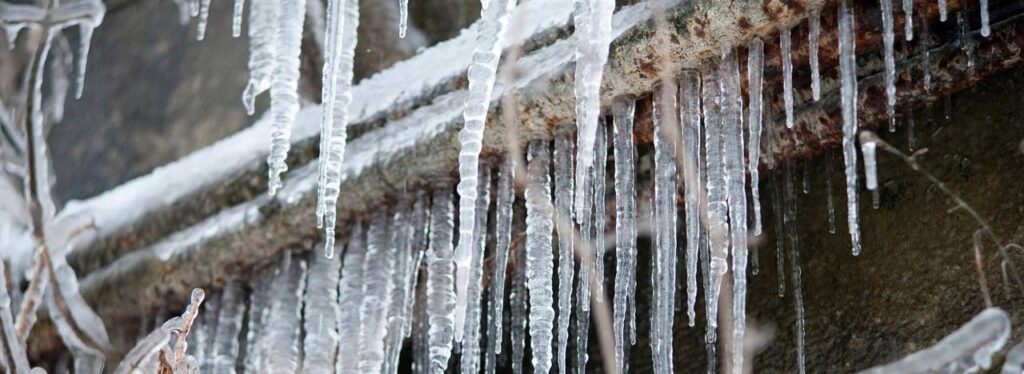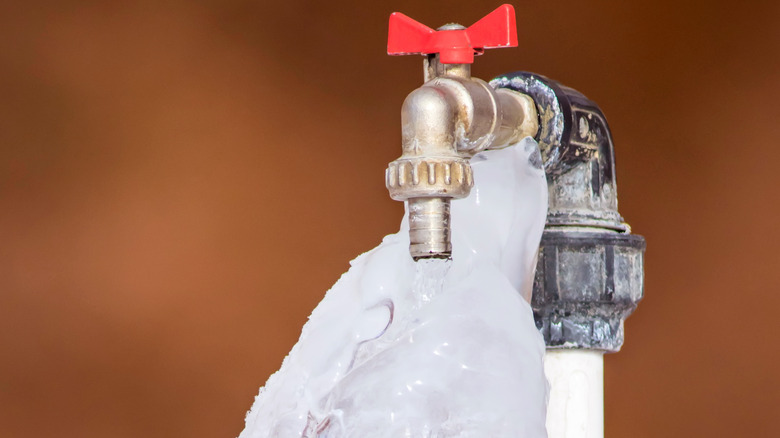Ways to Protect Pipes from Freezing: Professional Guidance
Ways to Protect Pipes from Freezing: Professional Guidance
Blog Article
In this article on the next paragraphs you'll find a lot of helpful expertise all about How to Prevent Your Pipes From Freezing.

Cold weather can wreak havoc on your pipes, particularly by freezing pipelines. Right here's how to stop it from happening and what to do if it does.
Introduction
As temperature levels decrease, the threat of frozen pipelines increases, possibly leading to expensive repairs and water damages. Comprehending just how to prevent frozen pipelines is crucial for house owners in cool climates.
Recognizing Icy Pipes
What causes pipelines to ice up?
Pipes freeze when revealed to temperature levels below 32 ° F (0 ° C) for extended durations. As water inside the pipes freezes, it broadens, taxing the pipe walls and possibly creating them to rupture.
Threats and problems
Frozen pipelines can bring about water supply disturbances, residential or commercial property damages, and costly repairs. Ruptured pipes can flood homes and create comprehensive architectural damage.
Signs of Frozen Water Lines
Identifying frozen pipelines early can stop them from bursting.
Exactly how to recognize frozen pipes
Try to find reduced water flow from taps, uncommon smells or sounds from pipes, and visible frost on exposed pipes.
Prevention Tips
Protecting prone pipelines
Cover pipes in insulation sleeves or utilize warmth tape to protect them from freezing temperature levels. Concentrate on pipelines in unheated or exterior areas of the home.
Heating techniques
Keep interior rooms sufficiently heated, especially locations with plumbing. Open cabinet doors to permit cozy air to circulate around pipelines under sinks.
Securing Outside Pipes
Garden tubes and outside taps
Separate and drain pipes garden hose pipes prior to winter season. Install frost-proof faucets or cover outside faucets with shielded caps.
What to Do If Your Pipes Freeze
Immediate activities to take
If you think icy pipes, maintain faucets open up to alleviate stress as the ice melts. Use a hairdryer or towels taken in warm water to thaw pipelines gradually.
Long-Term Solutions
Architectural adjustments
Take into consideration rerouting pipelines away from outside walls or unheated locations. Add extra insulation to attic rooms, cellars, and crawl spaces.
Updating insulation
Purchase premium insulation for pipes, attic rooms, and wall surfaces. Appropriate insulation helps preserve consistent temperatures and decreases the threat of frozen pipes.
Verdict
Stopping frozen pipes calls for positive procedures and quick reactions. By comprehending the causes, signs, and preventive measures, homeowners can protect their pipes throughout cold weather.
5 Ways to Prevent Frozen Pipes
Drain Outdoor Faucets and Disconnect Hoses
First, close the shut-off valve that controls the flow of water in the pipe to your outdoor faucet. Then, head outside to disconnect and drain your hose and open the outdoor faucet to allow the water to completely drain out of the line. Turn off the faucet when done. Finally, head back to the shut-off valve and drain the remaining water inside the pipe into a bucket or container. Additionally, if you have a home irrigation system, you should consider hiring an expert to clear the system of water each year.
Insulate Pipes
One of the best and most cost-effective methods for preventing frozen water pipes is to wrap your pipes with insulation. This is especially important for areas in your home that aren’t exposed to heat, such as an attic. We suggest using foam sleeves, which can typically be found at your local hardware store.
Keep Heat Running at 65
Your pipes are located inside your walls, and the temperature there is much colder than the rest of the house. To prevent your pipes from freezing, The Insurance Information Institute suggests that you keep your home heated to at least 65 degrees, even when traveling. You may want to invest in smart devices that can keep an eye on the temperature in your home while you’re away.
Leave Water Dripping
Moving water — even a small trickle — can prevent ice from forming inside your pipes. When freezing temps are imminent, start a drip of water from all faucets that serve exposed pipes. Leaving a few faucets running will also help relieve pressure inside the pipes and help prevent a rupture if the water inside freezes.
Open Cupboard Doors
Warm your kitchen and bathroom pipes by opening cupboards and vanities. You should also leave your interior doors ajar to help warm air circulate evenly throughout your home.

We hope you enjoyed our piece about Helpful Tips to Prevent Frozen Pipes this Winter. Thank you so much for taking the time to read through our article post. Sharing is good. You never know, you will be helping someone out. Thank you for your time. Kindly come by our website back soon.
Schedule A Service Report this page